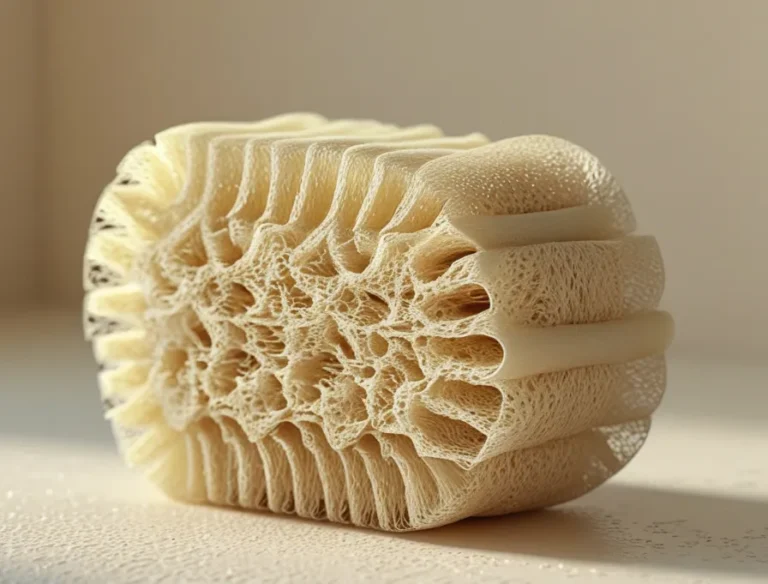Stroke: Causes, Types, and Symptoms
Stroke: Causes, Types, and Symptoms. An ischemic stroke occurs when the blood supply to part of the brain is blocked or reduced. This prevents brain tissue from getting oxygen and nutrients. Brain cells begin to die in minutes. Another type of stroke is a hemorrhagic stroke. It occurs when a blood vessel in the brain leaks or bursts and causes bleeding in the brain. The blood increases pressure on brain cells and damages them.

Stronger After Stroke: Your Roadmap to Recovery.
Now in its third edition, Stronger After Stroke puts the power of recovery in the reader’s hands by providing simple-to-follow instructions for reaching the highest possible level of recovery. The book’s neuroplastic recovery model stresses repetition of task-specific practice, proper scheduling of practice, setting goals, and measuring progress to achieve optimal results. Researcher Peter G. Levine breaks down the science.
A stroke is a medical emergency. It’s crucial to get medical treatment right away. Getting emergency medical help quickly can reduce brain damage and other stroke complications.
Symptoms
If you or someone you’re with may be having a stroke, pay attention to the time the symptoms began. Some treatments are most effective when given soon after a stroke begins.
Symptoms of stroke include:
- Trouble speaking and understanding what others are saying. A person having a stroke may be confused, slur words or may not be able to understand speech.
- Numbness, weakness or paralysis in the face, arm or leg. This often affects just one side of the body. The person can try to raise both arms over the head. If one arm begins to fall, it may be a sign of a stroke. Also, one side of the mouth may droop when trying to smile.
- Problems seeing in one or both eyes. The person may suddenly have blurred or blackened vision in one or both eyes. Or the person may see double.
- Headache. A sudden, severe headache may be a symptom of a stroke. Vomiting, dizziness and a change in consciousness may occur with the headache.
- Trouble walking. Someone having a stroke may stumble or lose balance or coordination.
Summary:
Recognizing stroke symptoms early is crucial as timely treatment is most effective. Signs include difficulty speaking, numbness or weakness on one side, vision problems, severe headache, and trouble walking or balancing.
What is a stroke?
Stroke: Causes, Types, and Symptoms. A stroke, or brain attack, happens when blood flow to your brain is stopped. It is an emergency situation.
how to make lean is an illicit substance that is made from codeine-based cough syrup, known by a variety of names. Lean gets its moniker due to the way the individual tends to lean to one side as they begin to feel the effects of the drink.
The brain needs a constant supply of oxygen and nutrients in order to work well. If blood supply is stopped even for a short time, this can cause problems. Brain cells begin to die after just a few minutes without blood or oxygen.
When brain cells die, brain function is lost. You may not be able to do things that are controlled by that part of the brain. For example, a stroke may affect your ability to:
- Move
- Speak
- Eat
- Think and remember
- Control your bowel and bladder
- Control your emotions
- Control other vital body functions
A stroke can happen to anyone at any time.
What causes a stroke?
A stroke is caused when blood flow to your brain is stopped or disrupted.
There are 2 kinds of stroke: ischemic and hemorrhagic.
- Ischemic stroke. This is the most common type of stroke. It happens when a major blood vessel in the brain is blocked. It may be blocked by a blood clot. Or it may be blocked by a buildup of fatty deposit and cholesterol. This buildup is called plaque.
- Hemorrhagic stroke. This occurs when a blood vessel in your brain bursts, spilling blood into nearby tissues. With a hemorrhagic stroke, pressure builds up in the nearby brain tissue. This causes even more damage and irritation.
What are the symptoms of a stroke?
A stroke is an emergency situation. It’s important to know the signs of a stroke and get help quickly. Treatment is most effective when started right away.
Stroke symptoms may happen suddenly. Each person’s symptoms may vary. Symptoms may include:
- Weakness or numbness of the face, arm, or leg, usually on one side of the body
- Having trouble speaking or understanding
- Problems with vision, such as dimness or loss of vision in one or both eyes
- Dizziness or problems with balance or coordination
- Problems with movement or walking
- Fainting (loss of consciousness) or seizure
- Severe headaches with no known cause, especially if they happen suddenly
Other less common symptoms of stroke may include:
- Sudden nausea or vomiting not caused by a viral illness
- Brief loss or change of consciousness, such as fainting, confusion, seizures, or coma
- TIA, called a mini-stroke
A TIA can cause many of the same symptoms as a stroke. But TIA symptoms are passing. They can last for a few minutes or up to 24 hours. Call for medical help right away if you think someone is having a TIA. It may be a warning sign that a stroke is about to occur. But not all TIAs are followed by a stroke.
What are the complications of stroke?
The complications after a stroke can vary, depending on which parts of the brain have experienced severe damage.
Some of these complications include:
- seizures
- loss of bladder and bowel control
- problems with speech and swallowing
- cognitive impairment, including dementia
- reduced mobility, range of motion, or ability to control certain muscle movements
- depression
- mood, emotional, or behavioral changes
- shoulder pain
- bed sores
- sensory or sensation changes
While you may be able to overcome some complications after time, some may be permanent.
How do doctors diagnose stroke?
To diagnose stroke, a doctor will first ask you or a family member about your symptoms and what you were doing when they arose. They’ll take your medical history to find out your stroke risk factors. They’ll also:
- ask what medications you take
- check your blood pressure
- listen to your heart
You’ll also have a physical exam, during which your doctor will evaluate you for:
- balance
- coordination
- weakness
- numbness in your arms, face, or legs
- signs of confusion
- vision issues
Your doctor will then do certain imaging and blood tests to help confirm a stroke diagnosis. These tests can help them determine whether you had a stroke and, if so:
- what may have caused it
- what part of the brain is affected
- whether you have bleeding in the brain.
Summary:
Doctors diagnose stroke by assessing symptoms, medical history, and risk factors. They check balance, coordination, numbness, confusion, and vision, and use imaging and blood tests to confirm the stroke, its cause, location, and if bleeding is present.
What is the treatment for stroke?
Proper medical evaluation and prompt treatment are vital to recovering from a stroke. Treatment will depend on the type of stroke.
Ischemic stroke and TIA
ince a blood clot or blockage in the brain causes these stroke types, doctors essentially treat them with similar techniques. They can include
- thrombolytic drugs, namely tissue plasminogen activator (tPA or Atlepase), to break up blood clots in your brain’s arteries within 4.5 hours of the onset of symptoms
- mechanical thrombectomy to remove the blood clot within 24 hours of symptom onset
- stents to support weakened artery walls
- surgery to remove plaque from your arteries
- aspirin or other blood thinners to prevent further blood clots.
How is a stroke diagnosed?
Your healthcare provider will take a complete health history and do a physical exam. You will need tests for stroke such as brain imaging and measuring the blood flow in the brain. Tests may include:
- CT scan of the brain. An imaging test that uses X-rays to take clear, detailed images of the brain. A brain CT scan can show bleeding in the brain or damage to brain cells caused by a stroke. It is used to find abnormalities and help find the location or type of stroke.
- MRI. This test uses a combination of large magnets, radiofrequencies, and a computer to make detailed images of organs and structures in the body. An MRI uses magnetic fields to find small changes in brain tissue that help to find and diagnose stroke.
- CTA (computed tomographic angiography). An X-ray image of the blood vessels. A CT angiogram uses CT technology to get images of blood vessels.
- MRA (magnetic resonance angiography). This test uses MRI technology to check blood flow through the arteries.
- Doppler sonography (carotid ultrasound). A test that uses sound waves to create pictures of the inside of your carotid arteries. This test can show if plaque has narrowed or blocked your carotid arteries.
The following heart tests may also be used to help diagnose heart problems that may have led to a stroke:
- Electrocardiogram (ECG). This test records your heart’s electrical activity. It shows any irregular heart rhythms that may have caused a stroke.
- Echocardiography. This test uses sound waves to create a picture of your heart. This test shows the size and shape of your heart. It can check if the heart valves are working properly. It can also see if there are blood clots inside your heart.
Summary:
Stroke diagnosis involves a health history, physical exam, and tests like CT scans, MRIs, and Doppler sonography to detect brain damage, blood flow issues, or blocked arteries. Heart tests like ECGs and echocardiograms identify heart-related stroke causes.


